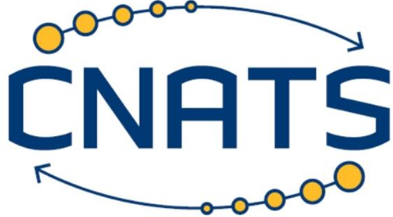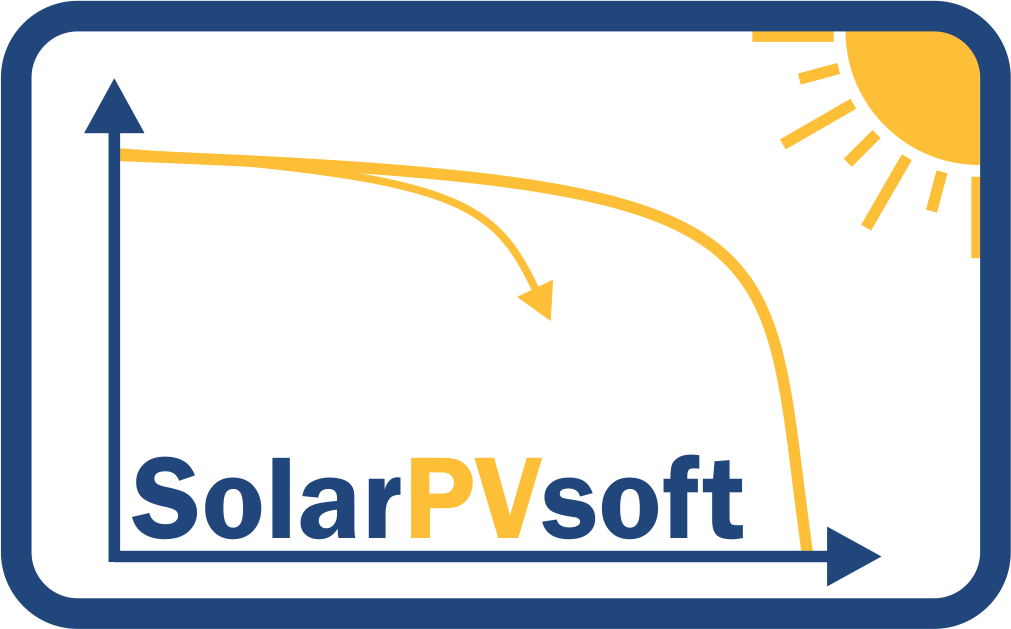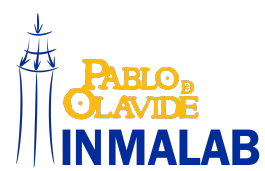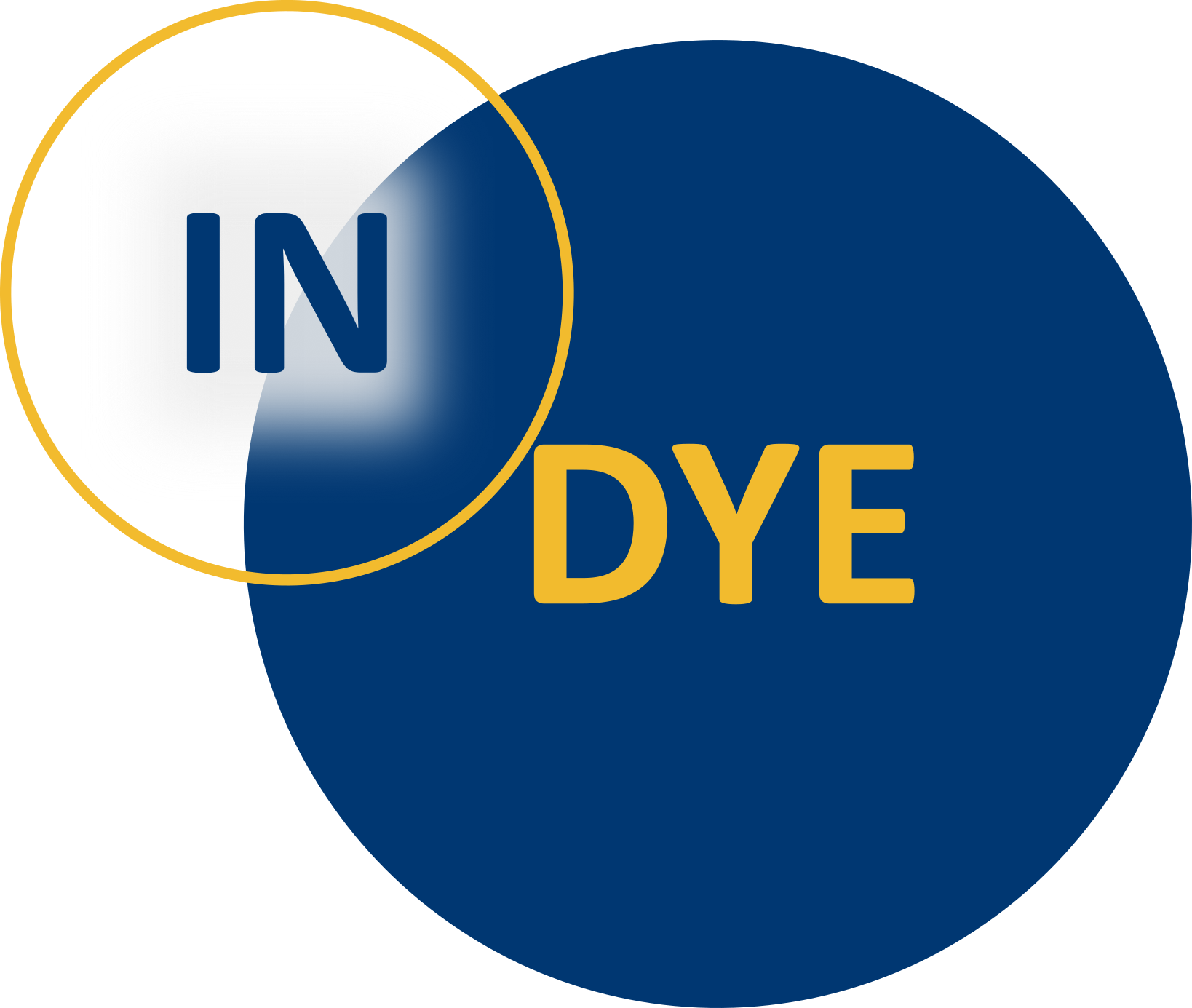Projects





Functionalized indium-free transparent electrodes based on hybrid metal-oxide architectures
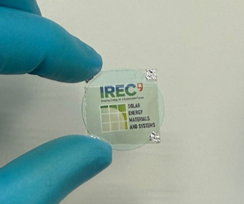

Optoelectronic devices are rapidly becoming an essential part of modern society. They convert light into electricity or vice versa, with applications such as energy generation (photovoltaic cells) and hydrogen production (photoelectrochemical water-splitting systems). A key component in these devices is the transparent electrode (TE), which needs to provide both high transparency and electrical conductivity simultaneously to ensure efficient device operation.
Current TEs rely on transparent conductive oxides based on metal oxides, with the most widely deployed using the critical raw material indium. Moreover, they present limitations in simultaneous transparency and conductivity, chemical and thermal stability and customizability. Therefore, improving TE technology with alternative approaches and driving it towards reduced usage of critical raw materials is fundamental for driving the energy transition, enabling clean energy production, and reducing energy demand through improved energy efficiency.
In this context, the TRANSEL project aimed to develop functionalized TEs based on hybrid metal-oxide architectures and to demonstrate their applicability in photovoltaic and photoelectrochemical water-splitting devices. Validating these novel TE technologies in such demanding applications ensures their broader applicability across the optoelectronics field, as these devices impose some of the most stringent performance requirements on TEs.
Prof. Paul Pistor and the group of Energy Conversion Nanomaterials & Devices of UPO played a leading role in this project, testing and validating new TE materials developed by the Solar Energy Materials and Systems Department at IREC in a variety of different applications and stress conditions, such as photo-electrochemical water splitting devices, dye-sensitized solar cells or perovskite solar cells. These applications pose different challenges to the TE applicability, such as thermal stability, stability to chemical agents or different optical and or electrical requirement for specific applications (e.g. indoor PV).
As a result, the project successfully demonstrated alternative TE solutions, with the replacement of conventional single-layer TEs with oxide/metal/oxide multilayer stacks (AZO/Al/AZO nanolayers, FTO/MOx layers, and FTO/Polyelectrolites) that offer high electrical conductivity while maintaining high optical transparency. In addition, several functionalization strategies were developed, including protective coatings to improve thermal and chemical stability (particularly under high-temperature and chalcogen-rich environments typically used in device fabrication), and charge-selective contact layers based on both inorganic and organic compounds.
The TRANSEL project successfully finished the 31st of May 2025, its consortium was formed by IREC (coordinator), Universitat Politècnica de Catalunya (UPC) and Universidad Pablo de Olavide (UPO).
Acknowledgements
TRANSEL (TED2021-129758B-C33) is a project financed by MCIN/AEI/10.13039/ 501100011033 and by the European Union under “NextGenerationEU”/PRTR.

Former projects
SIMULADOR SOLAR Y CÁMARA CLIMÁTICA PARA CARACTERIZACIÓN OPTO-ELECTRÓNICA DE SUBMÓDULOS FOTOVOLTAICOS PARA EL ESCALADO PRE-INDUSTRIAL
Universidad Pablo de Olavide, Sevilla 01/01/2022 - 31/12/2023 588.517,37€
ADAPTATIVE MULTIFUNCTIONAL NANOSTRUCTURES FOR ADVANCED OPTOELECTRONIC MONITORING AND LIGHT DRIVEN ENERGY SYSTEMS (AdFUNC)
SUBPROYECTO UPO. NANOESTRUCTURAS ADAPTADAS A PROCESOS FOTOINDUCIDOS Y SENSÓRICA (Adlight)
ENTIDAD FINANCIADORA: Ministerio de Ciencia, Innovación y Universidades (PID2019-110430GB-C22)
INVESTIGADORES PRINCIPALES: Juan Antonio Anta y Said Hamad FINANCIACIÓN: 60.500 €.
LARGE SCALE MOLECULAR SIMULATION OF PEROVSKITE SOLAR CELLS (SCALE UP)
ENTIDAD FINANCIADORA:

RED DE EXCELENCIA: TECNOLOGÍAS FOTOVOLTAICAS EMERGENTES"
ENTIDAD FINANCIADORA: Ministerio de Economía y Competitividad
ESTUDIO DE INTERFACES EN CAPAS DE PEROVSKITA DE ALTO RENDIMIENTO FOTOVOLTAICO (PEREST)
ENTIDAD FINANCIADORA: Ministerio de Economía y Competitividad (MAT2016-76892-C3-2-R)
DURACION DESDE: 30 Dic 2016 HASTA: 29 Dic 2019 INVESTIGADOR PRINCIPAL: Juan Antonio Anta. COORDINADOR: Juan Bisquert / Germá García Belmonte.
CAPAS FINAS DE PEROVSKITA CON CONTACTOS SELECTIVOS DE ELECTRONES PARA LA CONVERSIÓN FOTOVOLTAICA, MODELOS Y CARACTERIZACIÓN
ENTIDAD FINANCIADORA: Ministerio de Economía y Competitividad (MAT2013-47192-C3-3-R)
DURACION DESDE: 2014 HASTA: 2017 INVESTIGADOR PRINCIPAL: Juan Antonio Anta. COORDINADOR: Juan Bisquert / Iván Mora-Seró.
PROCESOS FOTOINDUCIDOS DE TRANSFERENCIA DE ENERGÍA Y CARGA EN SUPERFICIES NANOESTRUCTURADAS: APLICACIONES BIOANALÍTICAS Y FOTOVOLTAICAS
ENTIDAD FINANCIADORA: Ministerio de Ciencia e Innovación (CTQ2009-10477, subprograma BQU)
DURACION DESDE: 2010 HASTA: 2012 INVESTIGADOR PRINCIPAL: Bruno Martínez Haya.
DESARROLLO DE MATERIALES MÁS EFICACES PARA LA CAPTURA Y CONVERSIÓN DE GASES DE EFECTO INVERNADERO
ENTIDAD FINANCIADORA: Consejería de Ciencia, Tecnología y Empresa, P07-FQM-02595, Junta de Andalucía
DURACION DESDE: 1 Enero de 2008 HASTA: 31 de Diciembre de 2010 INVESTIGADOR PRINCIPAL: Sofía Calero Díaz.
RECONOCIMIENTO SUPRAMOLECULAR Y SELECTIVIDAD QUIRAL ESTUDIADOS MEDIANTE TÉCNICAS LÁSER Y DE ESPECTROMETRÍA DE MASAS
ENTIDAD FINANCIADORA: Consejería de Ciencia, Tecnología y Empresa, Junta de Andalucía
DURACION DESDE: 1 Enero de 2008 HASTA: 31 de Diciembre de 2010 INVESTIGADOR PRINCIPAL: Bruno Martínez Haya.
LÍQUIDOS IÓNICOS COMO DISOLVENTES DE ALTA ESTABILIDAD Y BAJO IMPACTO CONTAMINANTE Y SU APLICACIÓN EN CÉLULAS SOLARES NANOESTRUCTURADAS DE COLORANTE
ENTIDAD FINANCIADORA: Ministerio de Ciencia y Tecnología, ENE2007-68040-C03-01/ALT
DURACION DESDE: 1 Enero de 2008 HASTA: 31 de Diciembre de 2008 INVESTIGADOR PRINCIPAL: Juan Antonio Anta.
HYBRID OPTOELECTRONIC AND PHOTOVOLTAIC DEVICES FOR RENEWABLE ENERGY (HOPE)
ENTIDAD FINANCIADORA: Ministerio de Ciencia y Tecnología, HOPE CSD2007-00007 (Consolider-Ingenio 2010)
DURACION DESDE: 1 Enero de 2008 HASTA: 31 de Diciembre de 2012.
COORDINADOR: Juan Bisquert Mascarell INVESTIGADOR PRINCIPAL EN LA UPO: Juan Antonio Anta.











